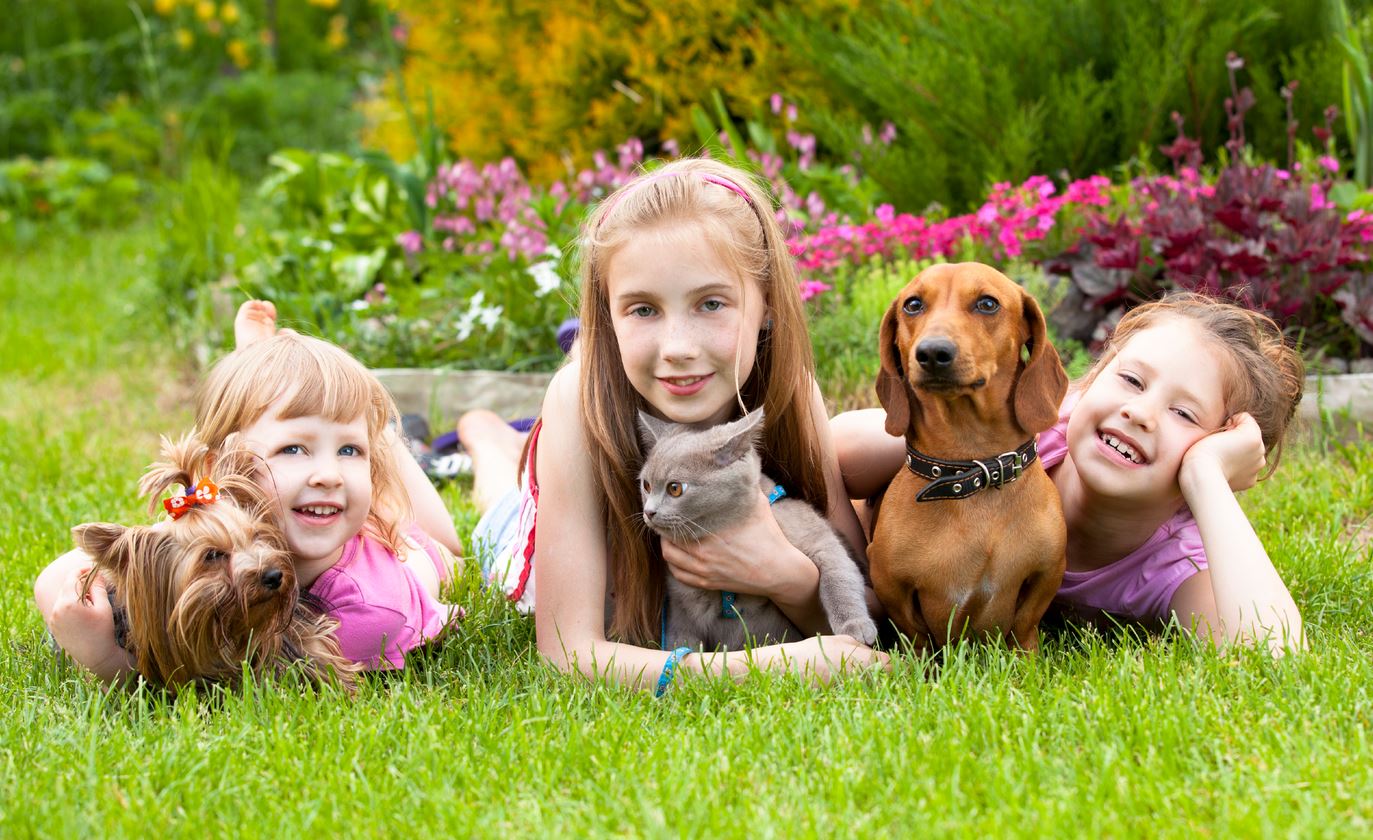PetPals for kids
Pets are part of many children’s lives. Parental involvement, open discussion, and planning are necessary to help make pet ownership a positive experience for everyone. A child who learns to care for an animal, and treat it kindly and patiently, may get invaluable training in learning to treat people the same way. Careless treatment of animals is unhealthy for both the pet and the child involved.
Choosing an Appropriate Pet
While all kinds of pets can bring children pleasure, it is important to choose a pet that is right for your family, your home, and your lifestyle; and one that your child can help care for. Parents should be cautious about having aggressive animals as pets.Exotic and unusual animals may be difficult to care for and should be considered very carefully.
Caring for a Pet
Taking care of a pet can help children develop social skills. However, certain guidelines apply:
- Since very young children (under the age of 3-4 years) do not have the maturity to control their aggressive and angry impulses, they should be monitored with pets at all times.
- Young children (under 10 years) are unable to care for a large animal, a cat or a dog, on their own.
- Parents must oversee the pet’s care even if they believe their child is old enough to care for a pet.
- If children become lax in caring for a pet, parents may have to take over the responsibility on their own.
- Children should be reminded in a gentle, not scolding way, that animals, like people, need food, water, and exercise.
- If a child continues to neglect a pet, a new home may have to be found for the animal.
- Parents serve as role models. Children learn responsible pet ownership by observing their parents’ behavior.
Advantages of Pet Ownership
Children raised with pets show many benefits. Developing positive feelings about pets can contribute to a child’s self-esteem and self-confidence. Positive relationships with pets can aid in the development of trusting relationships with others. A good relationship with a pet can also help in developing non-verbal communication, compassion, and empathy. Pets can serve different purposes for children:
- They can be safe recipients of secrets and private thoughts–children often talk to their pets, like they do their stuffed animals.
- They provide lessons about life; reproduction, birth, illnesses, accidents, death, and bereavement.
- They can help develop responsible behavior in the children who care for them.
- They provide a connection to nature.
- They can teach respect for other living things.
Other physical and emotional needs fulfilled by pet ownership include:
- Physical activity
- Comfort contact
- Love, loyalty, and affection
- Experience with loss if a pet is lost or dies.
Although most children are gentle and appropriate with pets, some may be overly rough or even abusive. If such behavior persists, it may be a sign of significant emotional problems. Any child who abuses, tortures or kills animals should be referred to a child and adolescent psychiatrist for a comprehensive evaluation.






